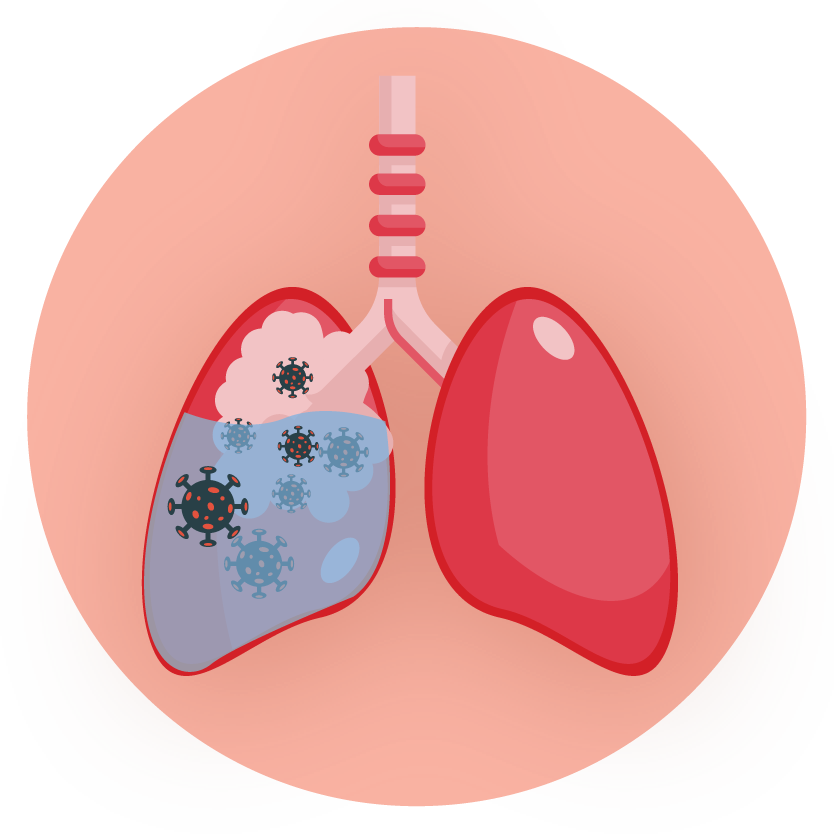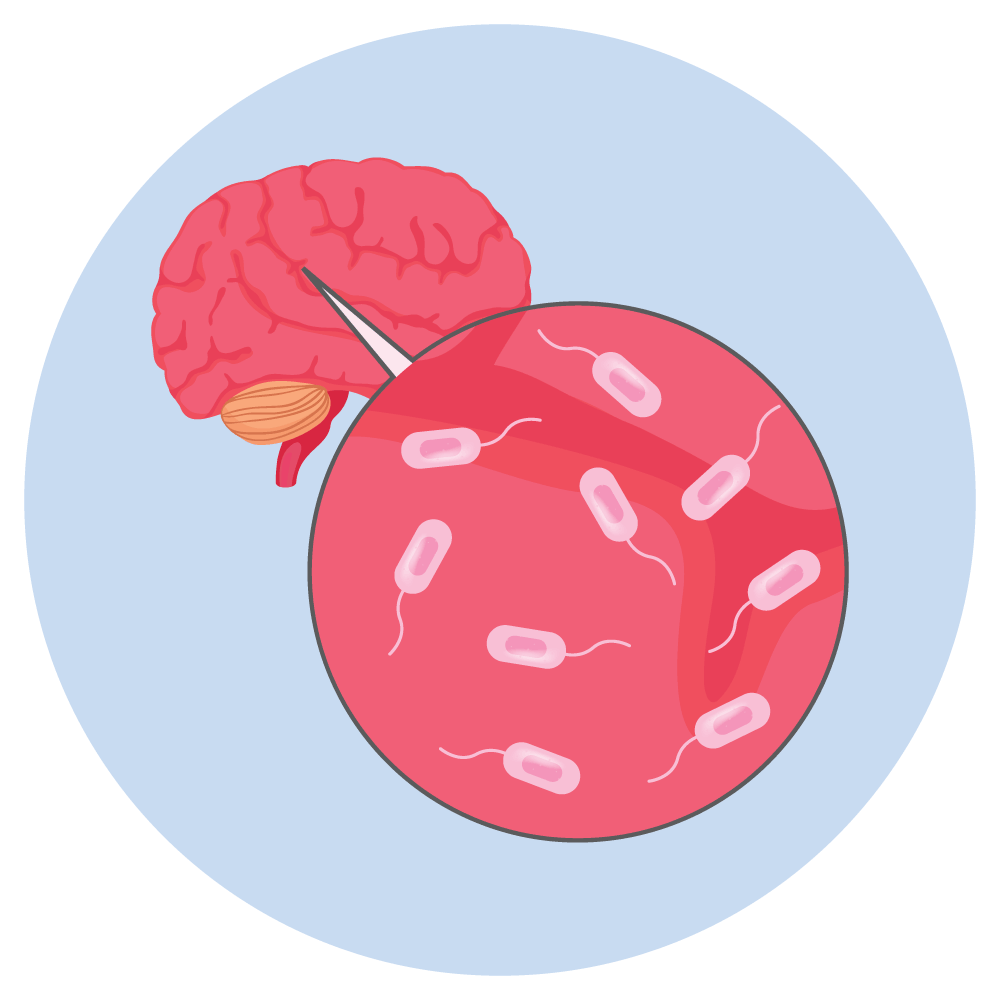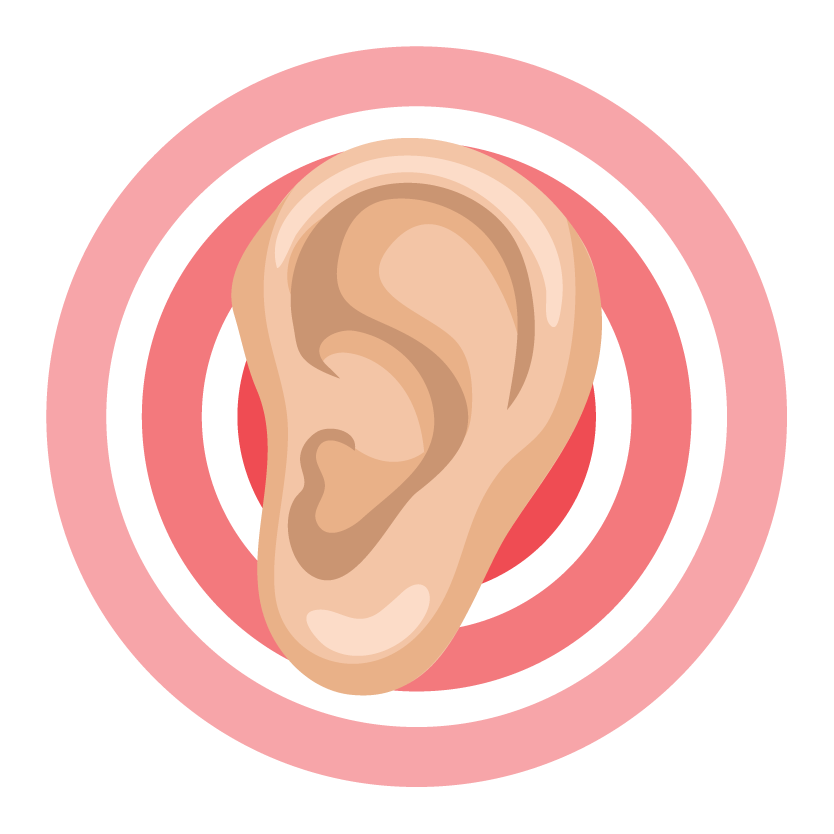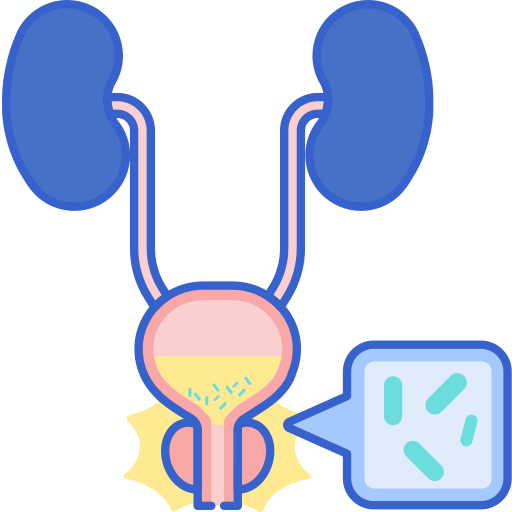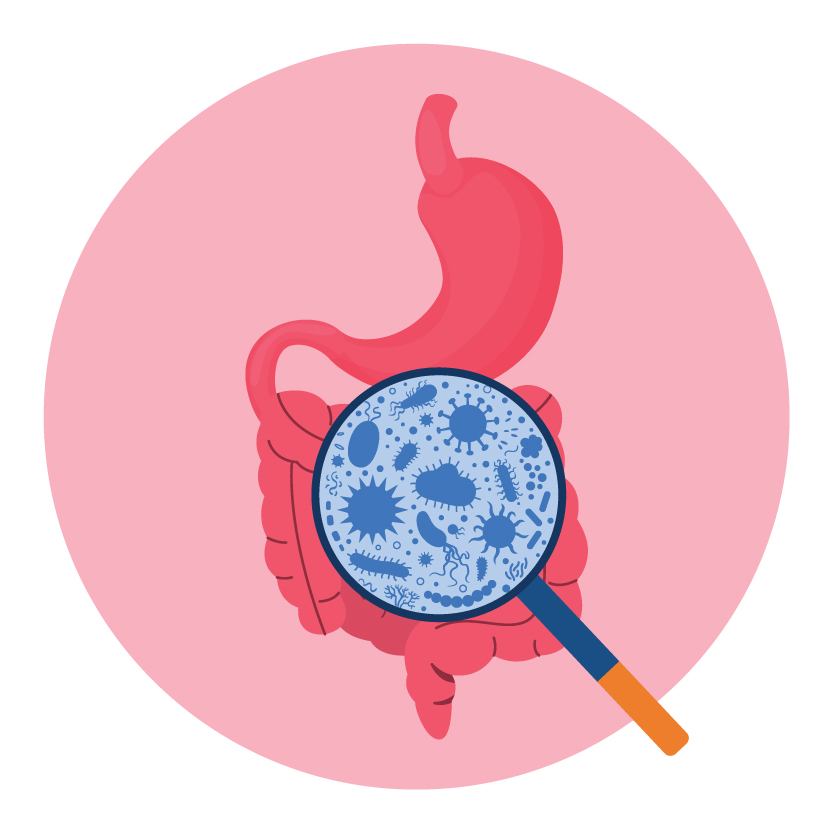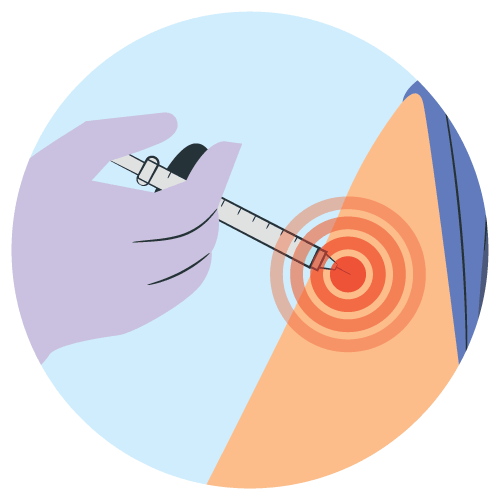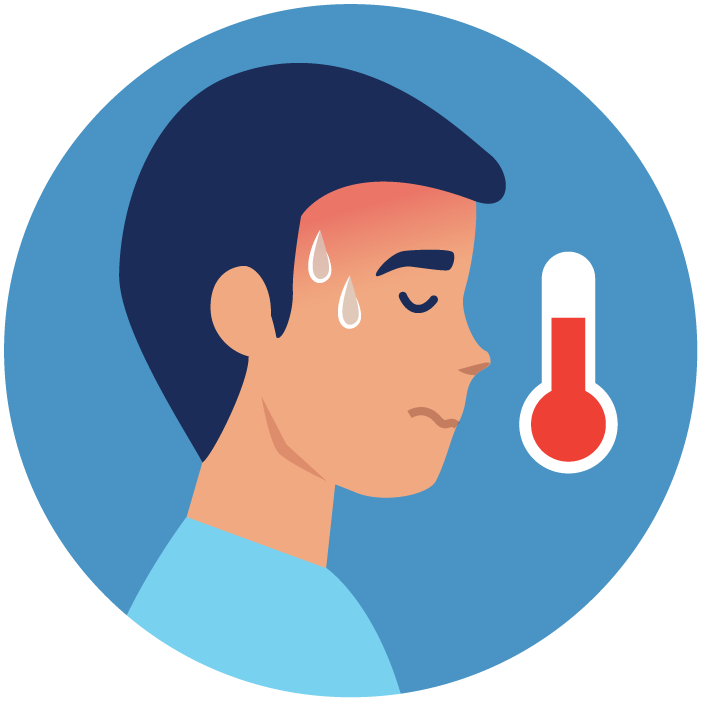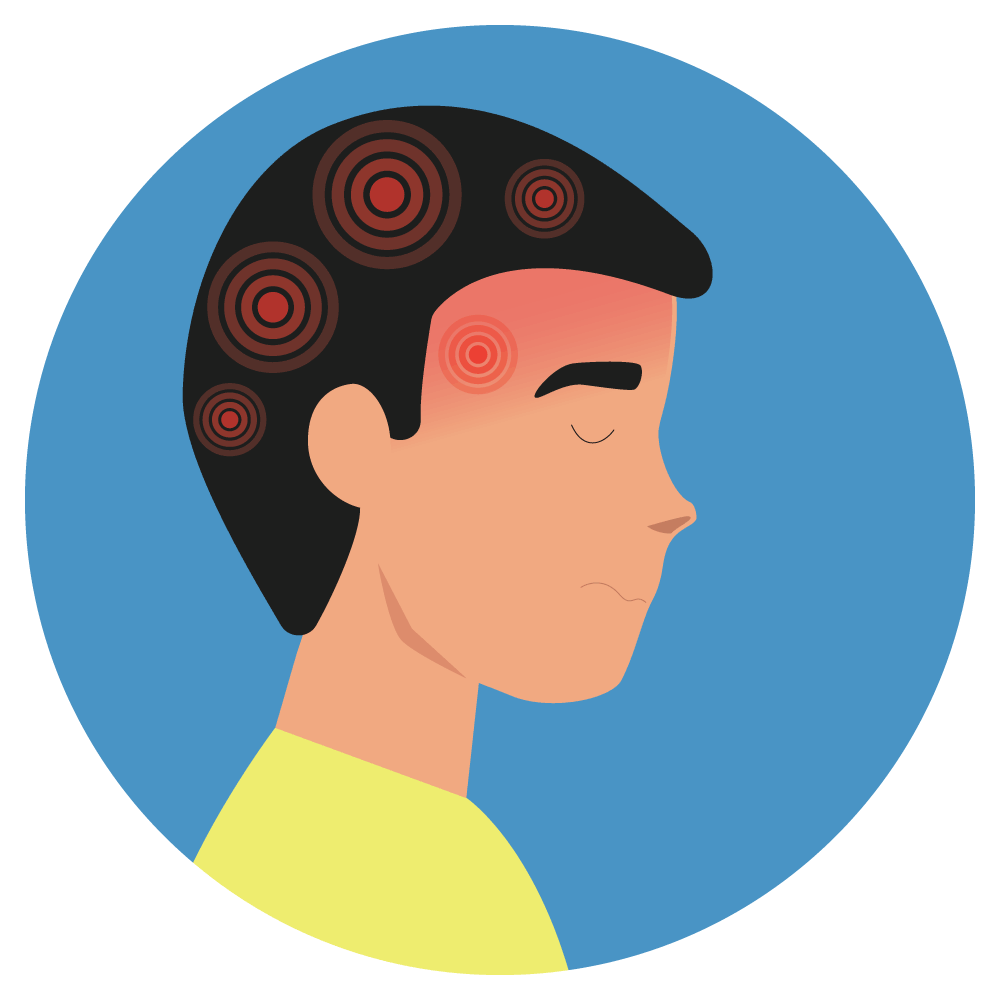| Name | Ceftazidime |
| Classes |
Antiinfective Agent Antibiotic Cephalosporine |
| Diseases |
Bronchitis Gonorrhea Infectious Disease Meningitis Otitis Pneumonia Sinusitis Tonsillitis Urethritis |
Ceftazidime
Ceftazidime is a 3rd gen cephalosporin that kills bacteria by inhibiting cell wall synthesis. It is a broad spectrum antibiotic.
Ceftazidime is indicated for the treatment of the infections listed below in adults and children including neonates (from birth).
- Nosocomial pneumonia
- Broncho-pulmonary infections in cystic fibrosis
- Bacterial meningitis
- Chronic suppurative otitis media
- Malignant otitis externa
- Complicated urinary tract infections
- Complicated skin and soft tissue infections
- Complicated intra-abdominal infections
- Bone and joint infections
- Peritonitis
- Ceftazidime dose for adults ranges from 1 to 6 gm per day, administered 8 or 12 hours per day (IM/IV). For the majority of infections, 1 gm 8 hourly or 2 gm 12 hourly should be given.
- Because Ceftazidime clearance is impaired in acutely unwell senior patients, the daily dosage should not exceed 3 gm, especially in those over 80 years old.
- For children over the age of two months, the normal dosage range is 30 to 100 mg/kg/day, divided into two or three doses.
The commonly associated side effects of ceftazidime are-
- Pain at injection site
- Angioedema
- Pruritus
- Rash
- Fever
- Headache
- Dizziness
- When Ceftazidime is given to patients with renal impairment, the total daily dose should be lowered.
- Ceftazidime should be used with caution in people who have had gastrointestinal problems, especially colitis.
- Antibacterial agent-associated colitis and pseudo-membranous colitis have been observed with practically all antibacterial drugs, including ceftazidime, and can be mild to fatal.
Contraindication
Ceftazidime is contraindicated in patients hypersensitive to any beta lactam antibiotics such as-
 Bangla
Bangla English
English